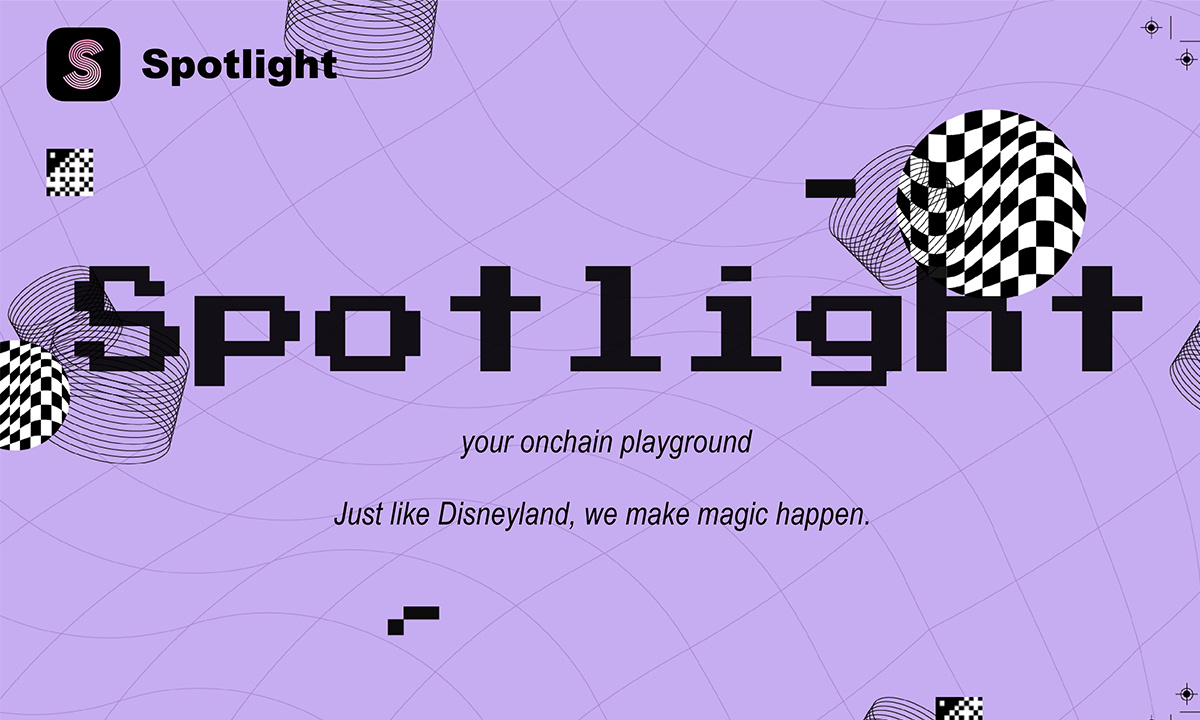Table of Contents
Change is inevitable; with progress in technology, digital art has evolved from Frieder Nake’s first-ever artwork on a computer in the 1960s to creators making NFT collections and selling them for millions.
Those who have been a keen witness to or an engaged pupil of art history have enjoyed its evolution how astronomers might enjoy watching the birth of a new galaxy. How one key moment becomes a movement in art could excite even the casual onlooker, and luckily for the viewers and experts, there have been many, from Jackson Pollock’s abstract expressionism to Bauhaus, a german experimental pedagogy focusing on function and materials. Today, it has come to include NFTs.
The Philosophy of Digital Art
Technology-based art is a much more accessible art form since it presents in the form of images, video games, cinema, graphics, illustrations, and digital paintings. While the classics may never be replaced, it remains true that paintings and photographs hung in galleries are inaccessible to people bound by financial responsibilities or location.
So while the philosophy of digital art was only ever left for discussions concerning surrealism, romanticism, and performance art, today, that attention is given to the digital arts, including studies of the aesthetics of video games and, of course, NFTs.
Digital art began in the 1960s, with Frieder Nake combining his knowledge of math and his skills as an artist to create a captivating piece that was the first evidence of a connection between man and a computer. This was as groundbreaking as Massaico’s first one-point-perspective piece and Jackson Pollock’s work in abstract expressionism.
Nake’s work laid the foundation for others: from Leon Harmon and Kenneth C. Knowlton’s photo mosaics to digital storyboarding for films by Craig Mullins. Without this early work, Mike Winkelmann or Beeple’s success in the NFT space wouldn’t have created its own movement.
The $69 million success caused illustrators, musicians, photographers, and even painters to join the gold rush.
The NFT Boom
Thanks to this rush, NFTs became a $40 billion market in 2021. It has almost become a status symbol to own an NFT, so it’s no surprise that more and more people are scrambling to get whitelisted for the newest drops.
Platforms like AOI (Art On Internet) give away passes to their users to get whitelisted for new giveaways in the space. AOI’s WHITELIST pass, in particular, gives away 10,000 passes for 1 million giveaways, and their list includes some of the most exclusive artists and creators.
AOI isn’t just a member’s middleman to getting access to rare collectibles; the platform offers its buyers opportunities to collaborate with the artist, gives them early access to minting, and has made a community for like-minded art lovers and artists. The bridge between enthusiast and artist could never be bridged at any other time, and now that the internet has the technology to make it happen, it’s no wonder that more people want to jump on board and have a real connection to the art and its maker.
AOI’s First NFT Launch
In addition to giving its members passes to giveaways, AOI is also set for its own NFT launch in collaboration with Jake Fried. Fried’s collection, the Night Vision Series, is a 1/11440 piece series detailing and documenting his artistic process of “creation through destruction.”
This collection is an inside peek at Fried’s painstakingly meticulous process of creating his collection through 8 months, which involved creating new frames of animation, resulting in the destruction of previous frames.
Digital art pieces can be interactive but intangible… Fried’s work marries the tangible and untouchable because it is handmade but can only be experienced to its full potential in a digital sphere.
AOI’s own website will feature his work, and the frames can be purchased as individual pieces. In addition to the art piece, members and buyers will also get access to the Jake Fried Collector’s Club, further demonstrating how art in the digital sphere is more accessible and allows open discussion and collaboration.
This new movement in art may be frowned upon by purists, but art, in its essence, is about making people - all people - feel something. What has been locked and preserved for the rich and affluent with an upbringing in art is now open to all for interpretation, ownership, and enjoyment. Digital art has removed boundaries in art, which is how it was always meant to be. Platforms like AOI enable this not only by allowing artists to bring their ideas to the world but also by connecting them to art-lovers in an organic way.
Disclaimer: This article is provided for informational purposes only. It is not offered or intended to be used as legal, tax, investment, financial, or other advice.







